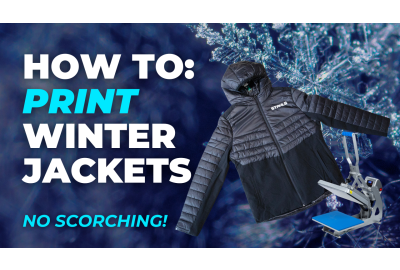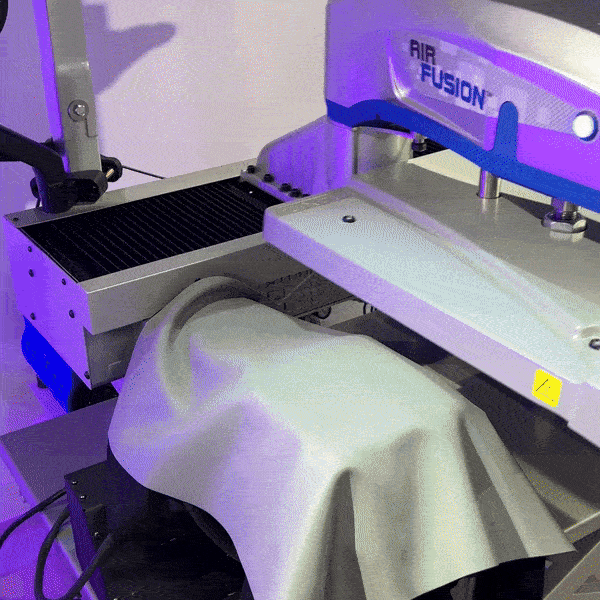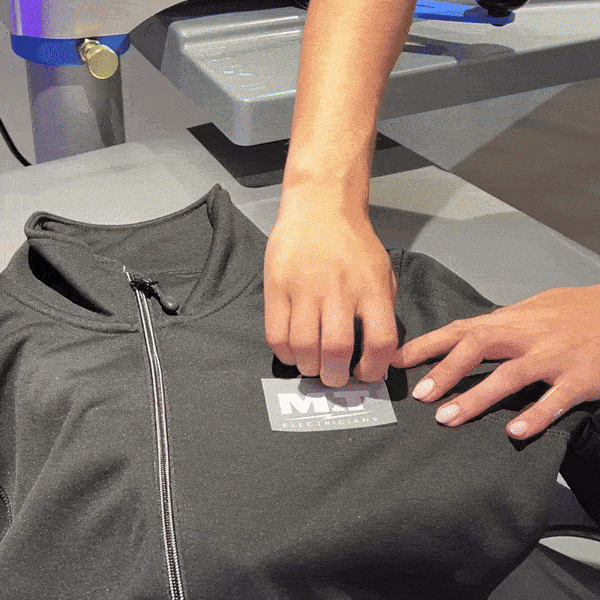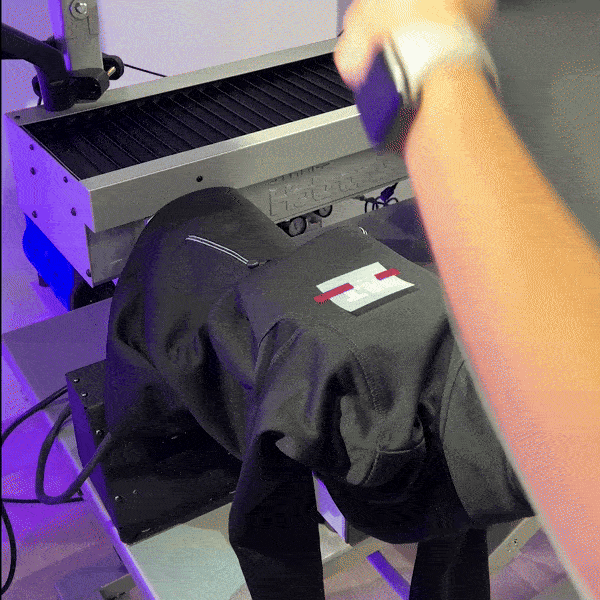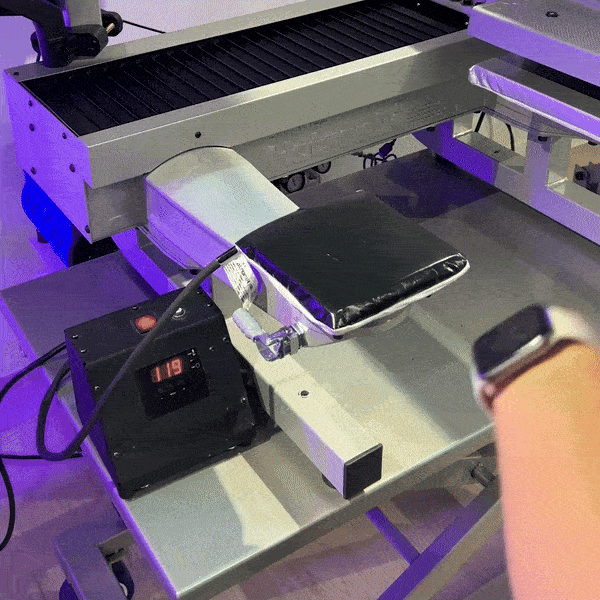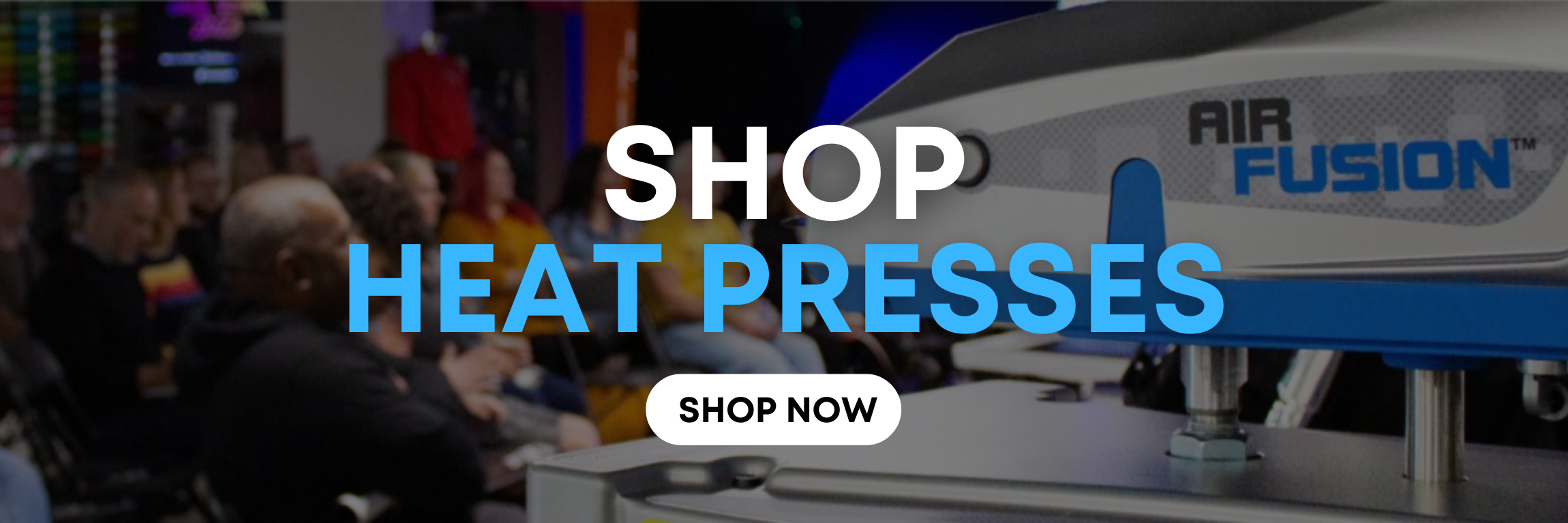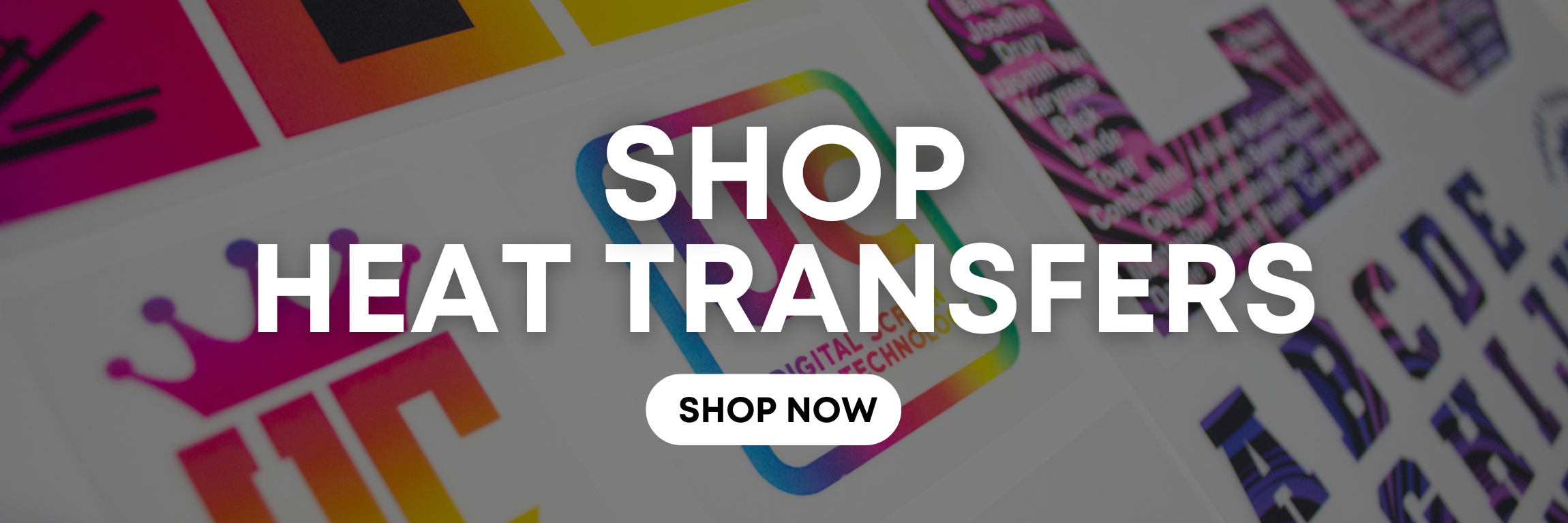How To Print Premium Winter Jackets
As a follow up to our previous blog titled 'Why You Should Heat Print Premium Winter Jackets', today we bring you 'How To Print Winter Jackets'.
If you're here reading this blog today, it's likely because you think this blog is going to tell you exactly how to print that specific jacket that you have in mind or even in front of you. It's not.
What this blog is going to do today is give you an arsenal of tips and tricks that will help you tackle any and every jacket, gilet or coat that comes across your heat press for the rest of your heat printing career.
What do you need to know?
The A.R.C.H Method
The ARCH method is a tried and tested heat printing method that is successful time and time again. Introduced by Josh Ellsworth, the A.R.C.H method is made up of 4 steps that will help you combat scorch marks. For a full run down of the arch method click here, for the short version, keep reading.
The four steps of the arch method are:
1. Accurate pressure - Are you using accurate pressure?
2. Reduced temperature - Can you reduce your temperature?
3. Cover sheet - Which cover sheet should you be using?
4. Heated lower platen - Can you heat from the inside out?
1. Accurate pressure - Are you using accurate pressure?
If you're applying too much pressure to your garments through your heat press, this will cause a Scorch mark. Heat printing shouldn't be hard work. You shouldn't be fighting with your press to pull it down, if you are, it's likely you're crushing your transfer and your garment.
Using a Hotronix heat press with a digital readout is a great way to know exactly what pressure reading you're operating at.
With an air powered heat press like the Hotronix Air Fusion IQ or the Dual Air Fusion IQ, the air compressor will regulate the pressure for you every single time.
All you have to do is press the buttons and watch it do the hard work for you.
2. Reduced temperature - Can you reduce your temperature?
If you're working with a heat-sensitive garment then reducing your fusing temperature is critical.
It's very likely that with Screen Printed Heat Transfers and most Heat Transfer Vinyl choices, the temperature needed (160°C) to accurately fuse them is going to be too high for your garments.
You may find success with UltraColour Max DTF, which fuse at 145°C, but for a sure fire win every time, use UltraColour Heat Transfers.
Applying at just 120°C, UltraColour Heat Transfers are the lowest fusing heat transfer on the market .
3. Cover sheet - Which cover sheet should you be using?
What's a cover sheet?
A cover sheet is a barrier between the garment and the heat transfer.
Non specific heat printing requires a simple piece of release paper between the press and the transfer. This stops the press head lifting and peeling the transfer for you. This is particularly useful if you're using a cold peel transfer such as UltraColour.
However, this type of release paper is very thing. So if Release Paper is not working, consider using a thicker cover sheet such as a Grip Flex Rubber Pad. The Grip Flex has been designed to offer a thicker barrier between garment and hot platen. It allows heat through whilst creating a solid barrier so that the pad takes the harsh contact of the heat and not the garment.
You will need to test using this as it will require you to up your temperatre slightly to achieve and accurate fuse.
4. Heated lower platen - Can you heat from the inside out?
It's very rare that a Grip Flex Rubber Pad doesn't fix the issue but if it doesn't, the next step is to introduce lower heat.
The Hotronix Lower Heated Platen collection heats your garment from inside of your garment. This means you can use a lower temperature on your top platen, putting the bulk of the heat through a less visible area, minimising any outer scorch marks.
The Lower Heated Platen range are best used with an air-powered heat press. They connect to a control box that allows you to set your temperature in the same way that you'd set your upper platen heat.
By using a lower heated platen, it allows you to bring your upper heated platen down in temperature even more as you're hitting the transfer with heat from both sides.
The A.R.C.H Method is tried and tested and continues to equip heat printers with the knowledge in succeeded with printing heat sensitive winter jackets.
It doesn't have to cost you alot of money to follow these steps, just adapt them as best as you can with your current heat printing set up and we guarantee you'll see results!

